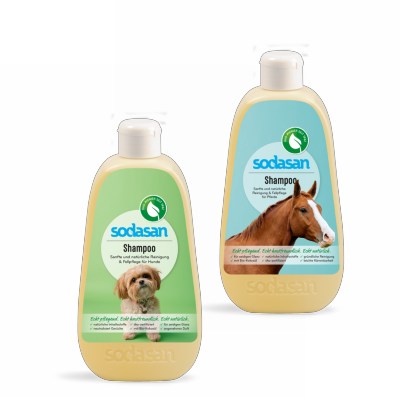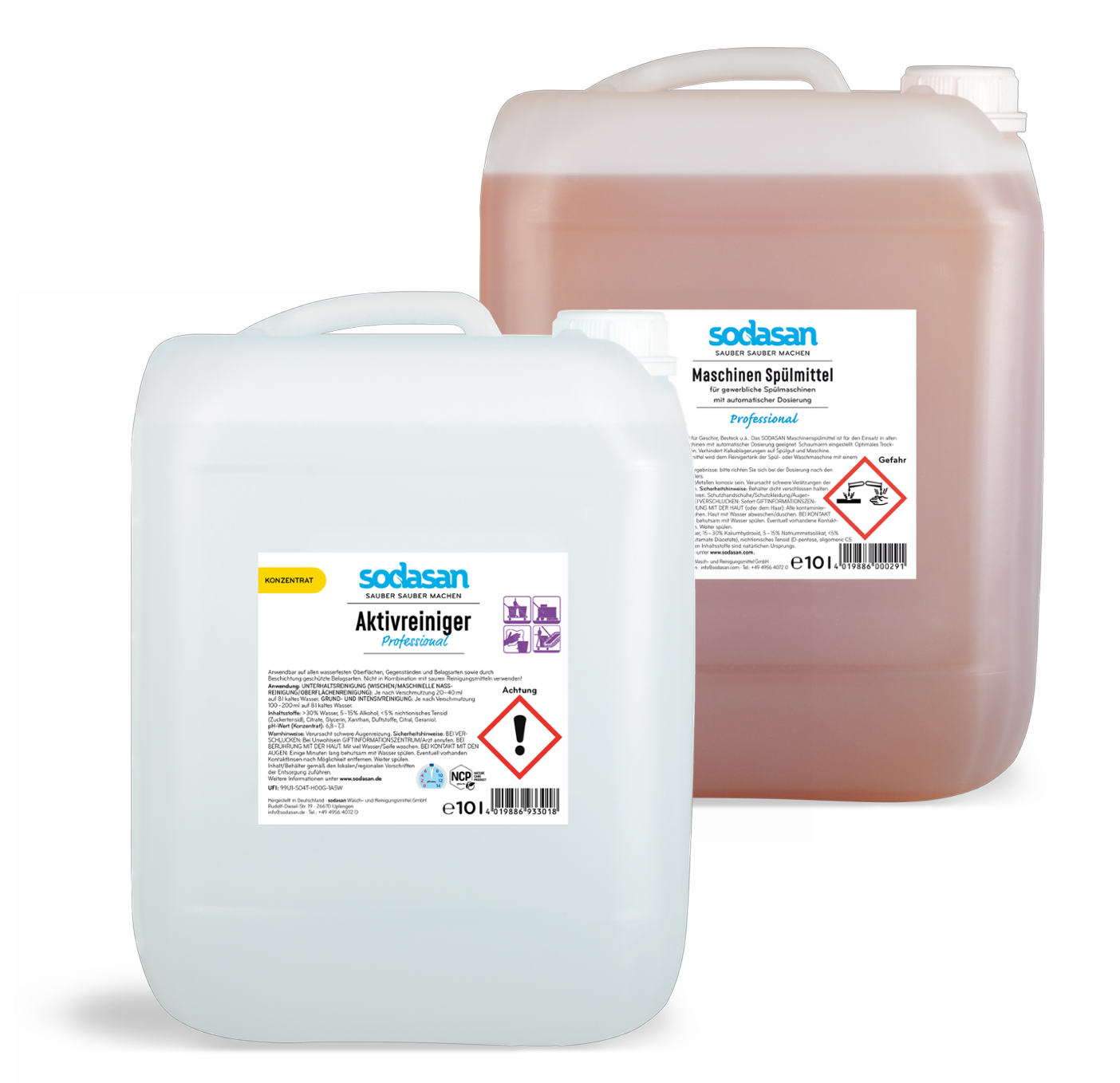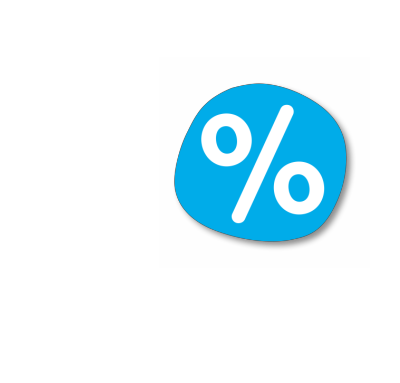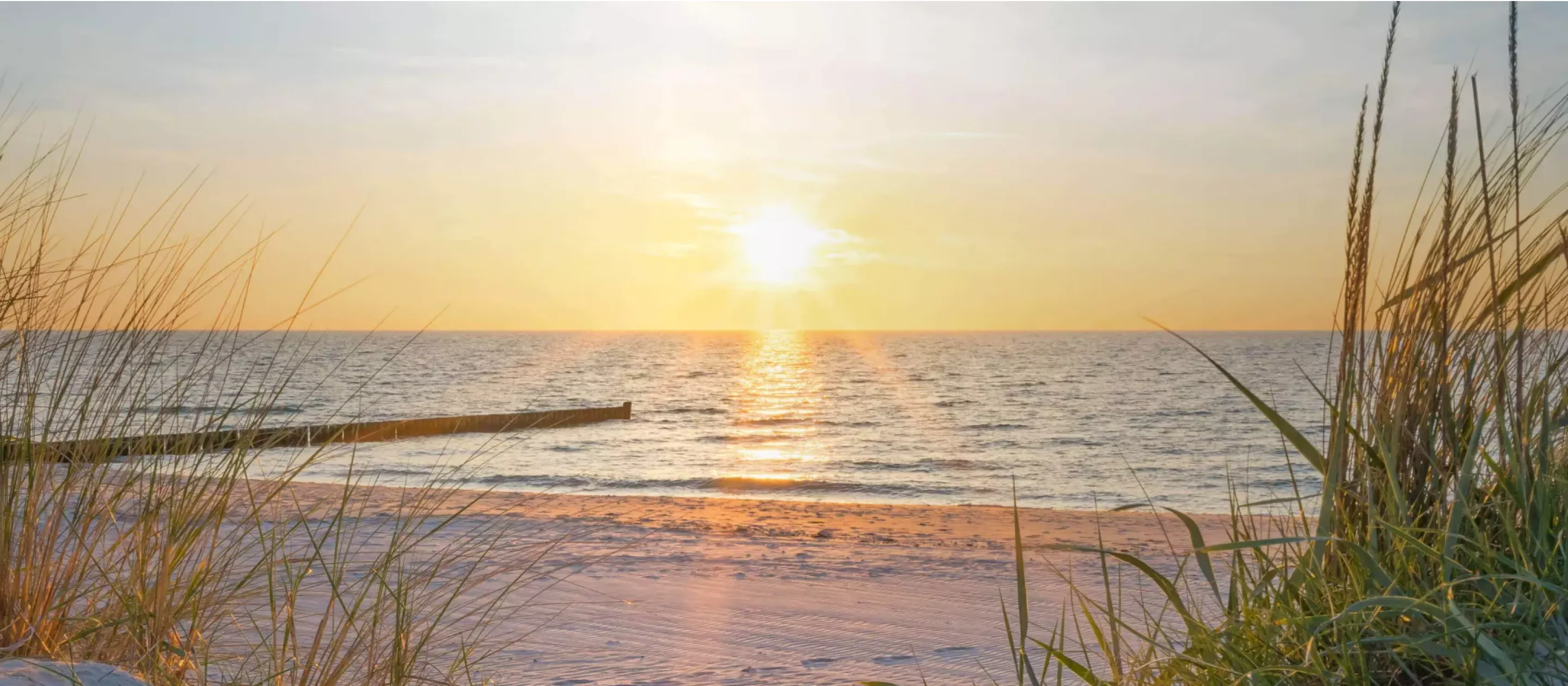An eco-friendly dream? Or a marketing scheme?
Biodegradable – doesn’t that sound wonderful? It seems so harmless. Surely it doesn’t affect the environment because, after all, everything is broken down – which means it disappears. Right? And it’s 'organic' anyway, isn’t it?
In actuality, this is mere puffery. After all, washing substances are required by law to break down completely in waste water treatment plants. And because this process occurs during the biological clarification stage, it is referred to as 'biodegradable'. Not a word is said about which possibly harmful substances the materials are broken down into and where these decomposition products end up.
Any detergent, no matter how chemical/artificial, must therefore be 'biodegradable' in the legal sense. This seemingly positive-sounding term says absolutely nothing about the ecological quality and the product’s behaviour in our water.
Our clean response:
First of all, it goes without saying that our detergents and cleaning supplies are also biodegradable. After all, this is required by law.
The key is, however, providing clean alternatives to aggressive chemicals and how these alternatives behave in waste water. The most important ingredients in all of sodasan’s detergents and cleaning products are the cleansing agents. Pure vegetable oil soap, which we carefully produce ourselves, is, of course, our first choice. This soap is a “natural wonder” and has one vital benefit over all other cleansing agents: it binds with the limescale that is dissolved in water to form soap scum, thus completely neutralising the soap’s effect on living organisms. Microorganisms subsequently break down the soap scum quickly and completely into CO2 and water. This is how our products integrate themselves back into the cycle of nature.
Plant-derived surfactants also unleash their clean cleaning power in many of our liquid products. The natural structures of the plant-based raw materials do not change, much to the delight of microorganisms in our water supplies. That’s because this is how the tiny creatures in the water can immediately recognise the substances and then break them down easily and completely.

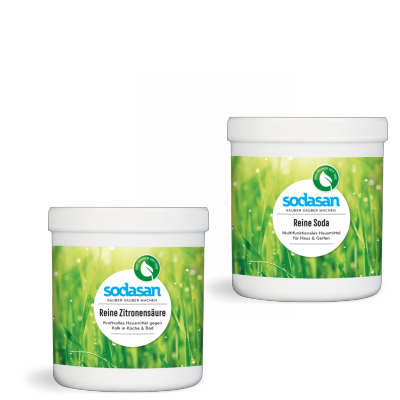
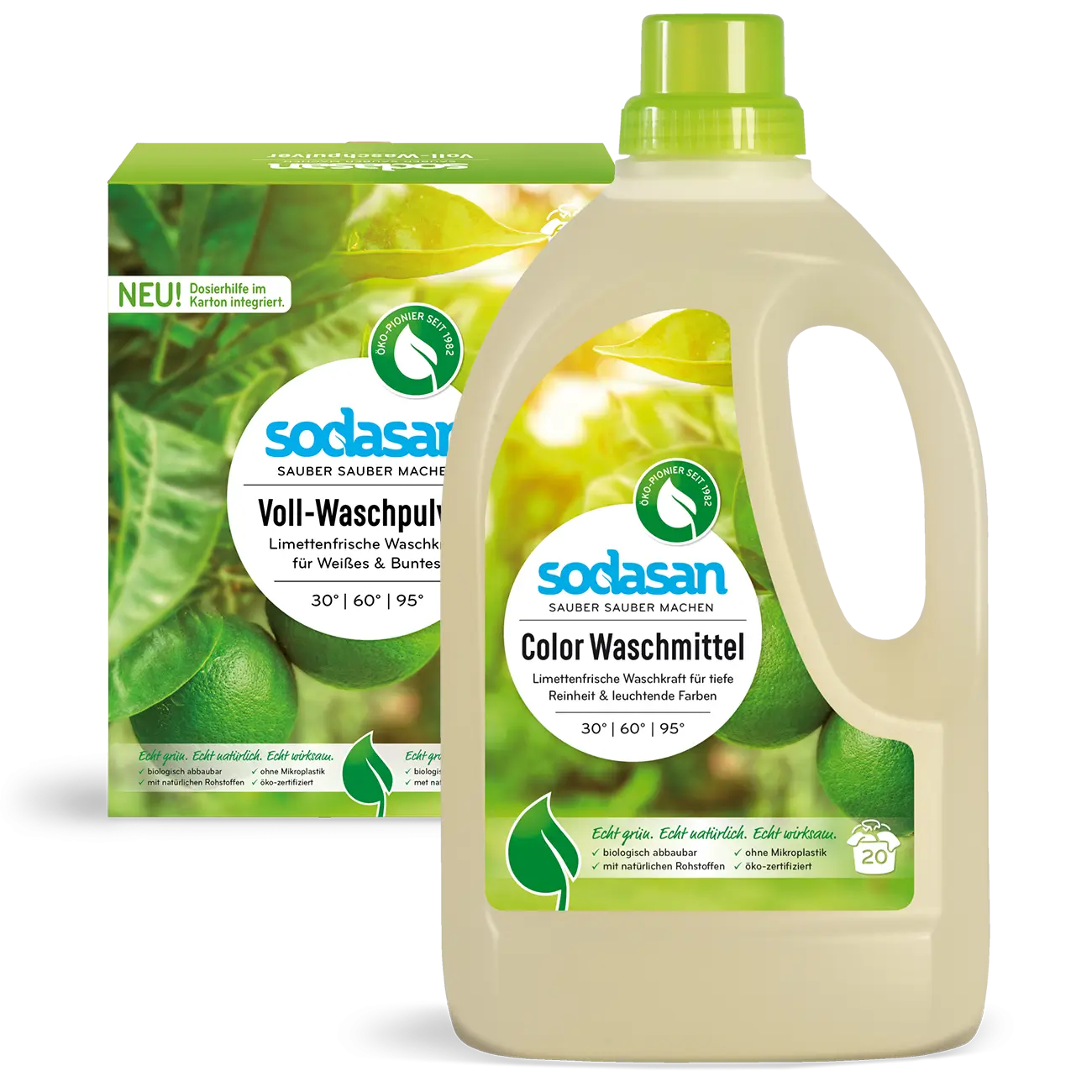
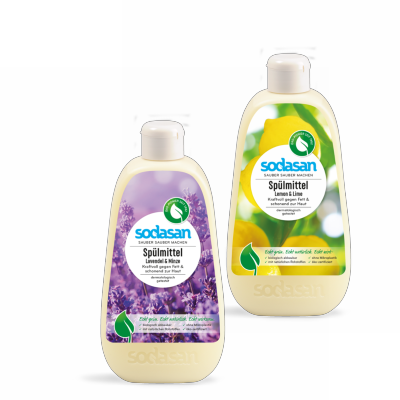
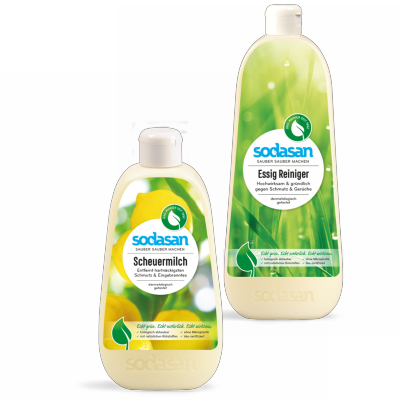
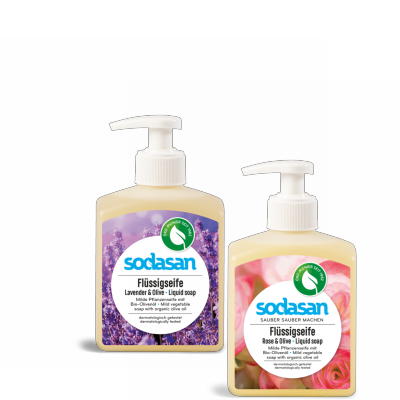
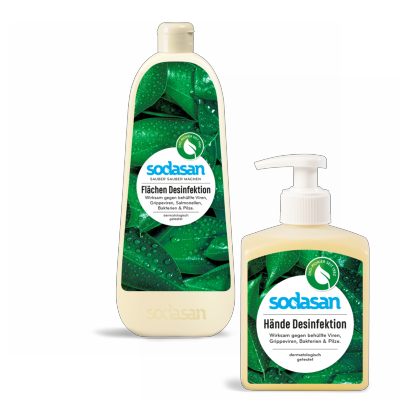
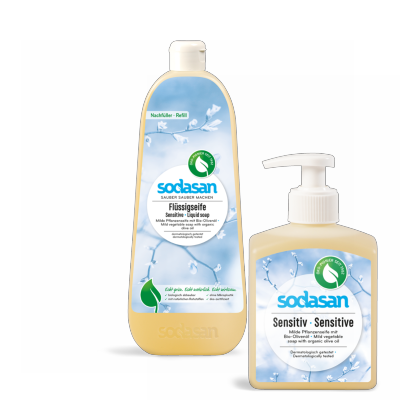
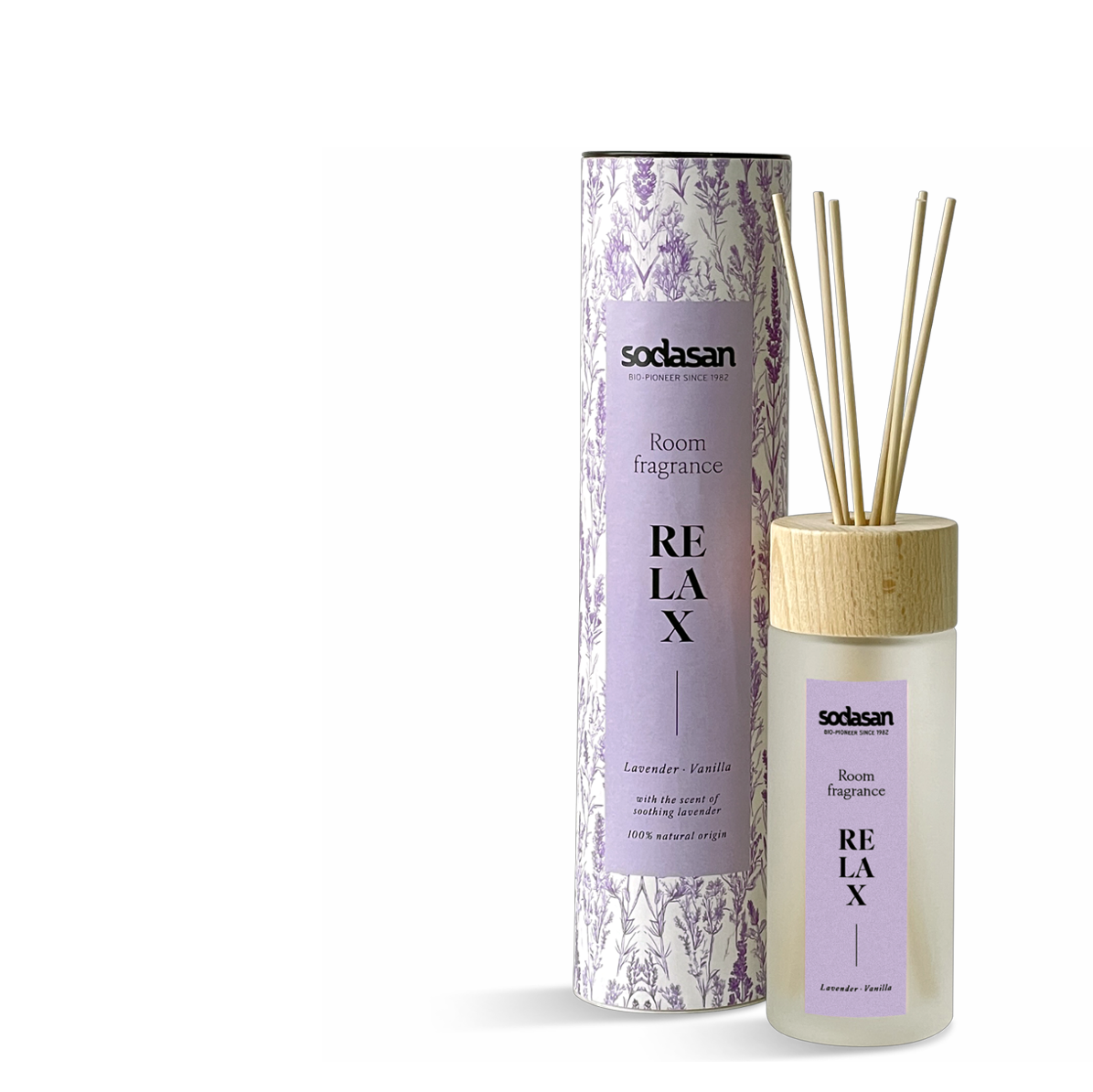
.webp?ts=1690357017)
